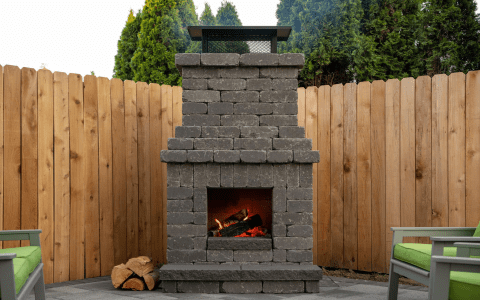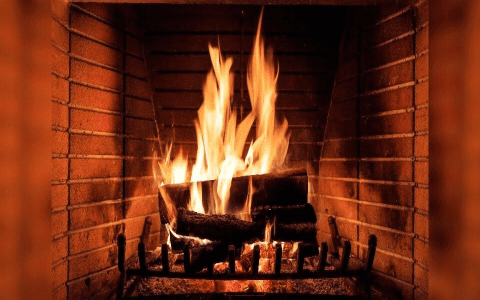Well, let me tell ya somethin’ about these here… uh… “refractories.” Sounds fancy, don’t it? But it’s just stuff that can take the heat, you know? Like them old bricks in the fireplace, only way tougher.
What are these refractories made of, you ask? Well, it’s a bunch of stuff I can’t even pronounce right. Somethin’ called oxides, carbides, and nitrides. Sounds like somethin’ you’d put in your car, not build a furnace with! But they use things like silicon, aluminum… you know, the stuff they make pots and pans outta, kinda. And magnesium, calcium, and some other things I ain’t never heard of. Mostly, they’re like fancy ceramics, but not all. Some are even made of somethin’ called graphite, like what’s in your pencil, only way different I reckon.


- They gotta be strong, these refractories.
- Can’t be fallin’ apart when things get hot.
- Gotta stand up to bein’ banged around, too.
They use these refractories in all sorts of places where it gets real hot. Like in them big ol’ furnaces at the steel mill, or in the kilns where they make bricks. Even in your fireplace, if you got one, there’s some kind of refractory material in there. It’s gotta be able to take a beatin’ from the heat and keep on goin’. They even use them in fancy things, like rockets and stuff. Imagine that!
Now, if somethin’ breaks, you gotta fix it, right? Same goes for these refractories. If they crack or crumble, you gotta patch ‘em up. First thing you gotta do is clean it all up. Get rid of all the loose bits and pieces. Then, you gotta make the crack bigger, kinda like a “V” shape. Why? I dunno, that’s just what they do. Then you stuff some special goo in there, they call it “refractory repair compound”. Make sure the crack is big enough though, like at least this much – holds up fingers to show about 5mm – or the goo won’t stick. Gotta smooth it out real nice, too.
Keepin’ these refractories in good shape is real important. If you don’t, things can go bad real fast. It ain’t just about throwin’ them in and forgettin’ about ‘em. You gotta make sure they’re put in right in the first place, or they won’t last. And you gotta keep an eye on ‘em, make sure they ain’t crackin’ or wearin’ out. You gotta let ‘em set right too, somethin’ about curin’ time, like lettin’ cement dry I guess. And you gotta make sure they’re supported right, can’t just have ‘em hangin’ there all willy-nilly.
Just like checkin’ on your crops or your animals, you gotta check on these refractories regular-like. Make a plan, they say, a “comprehensive inspection plan.” Sounds fancy, but it just means lookin’ at ‘em real good and fixin’ anythin’ that’s broke. This way, you catch problems early and they last longer. They ain’t cheap, these things. You don’t wanna be replacin’ ’em all the time. They ain’t somethin’ you just go buy at the store like a loaf of bread. They are important, you know, not just some everyday thing you can pick up anywhere.
And when it’s time to get rid of the old ones, well, that’s a whole ‘nother story. They use these fancy machines, shootin’ water at ‘em real hard to blast the stuff off. It’s all done by remote control, so nobody gets hurt. Safety first, you know. Sounds like somethin’ out of a movie, don’t it?
So, that’s the long and short of it. Refractories. Tough stuff, gotta be tough to take the heat. And you gotta take care of ‘em, or they won’t take care of you. Just like anythin’ else in life, I reckon.
Tags: Refractories, High-Temperature Materials, Furnace Linings, Refractory Repair, Heat Resistance, Material Properties, Industrial Materials, Maintenance, Installation, Inspection



